Insect & Pests
All Insect & Pests Content
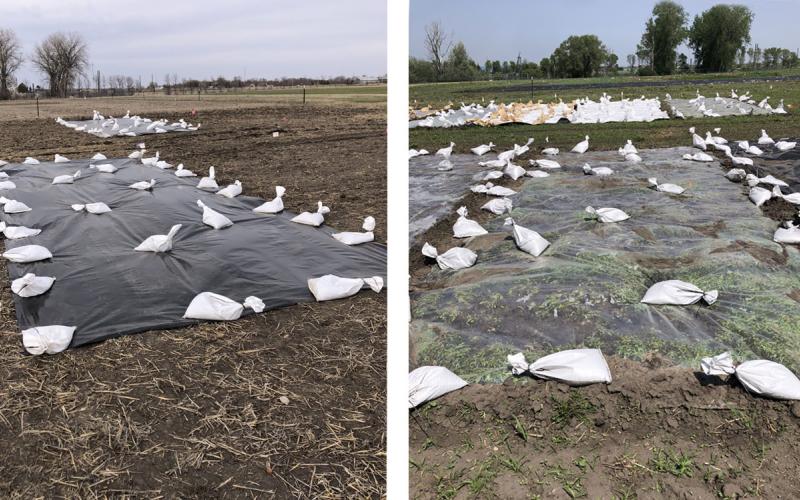
What is Soil Tarping and Why is it Used?
Soil tarping is a technique that uses large tarps to cover a growing space in order to reduce weeds and improve soil health before planting. Learn some expert insights into two commonly used soil tarping strategies.
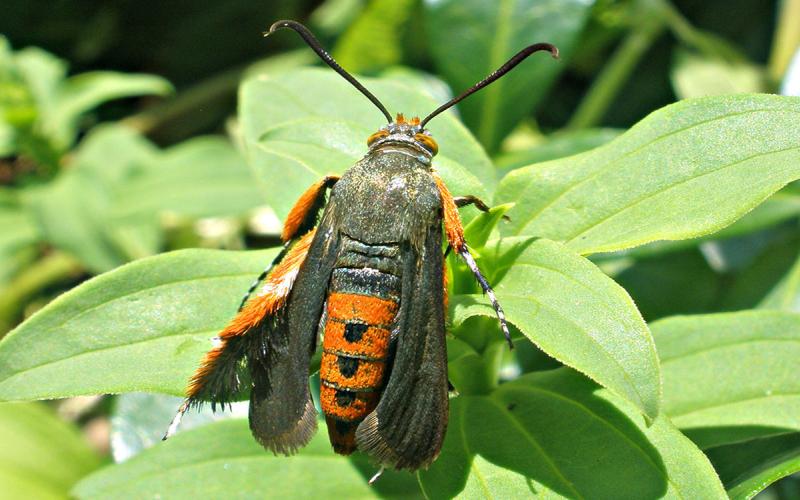
Squash Vine Borer Activity Estimate: June 21, 2023
Squash vine borer moths will soon emerge across much of South Dakota, and their larva can cause serious damage to squash plants. See our latest activity predictions and management recommendations based on forecasted conditions from around the state.
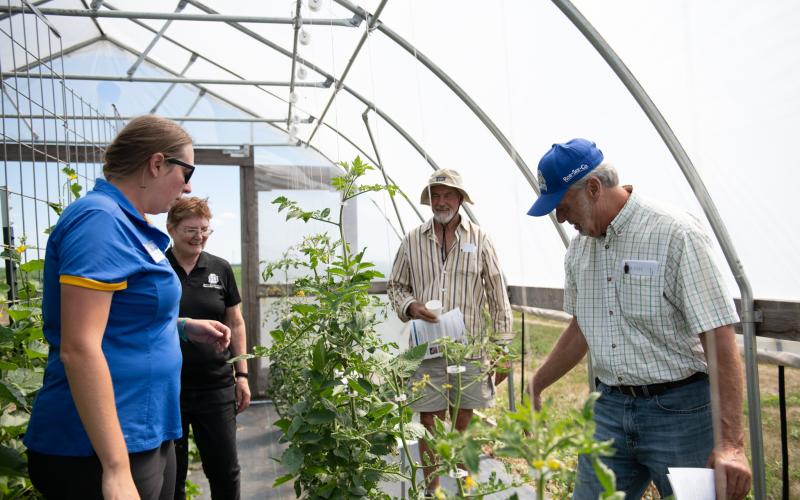
The South Dakota State University Southeast Research Farm to host Field Day on July 11
June 30, 2023
The South Dakota State University Southeast Research Farm Field Day will be held on July 11 near Beresford, South Dakota.
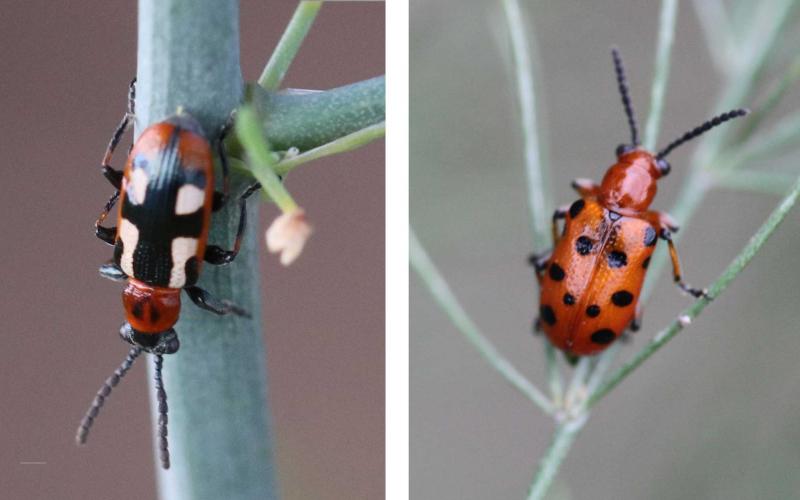
Asparagus Beetles Active in South Dakota
Two insects that we recommend scouting for in asparagus are the common asparagus beetle and the twelve-spotted asparagus beetle. Learn how to identify and manage both before they cause serious issues in your garden.
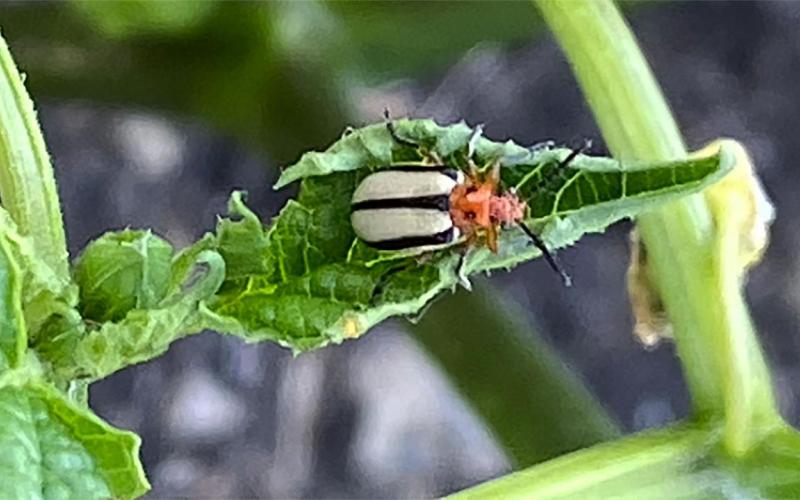
Three-Lined Potato Beetles Are Eating My Tomatillos!
Three-lined potato beetles can cause issues in tomatillos, ground cherries, potatoes, and tomato plants Learn how to identify and manage them before they impact your garden produce.
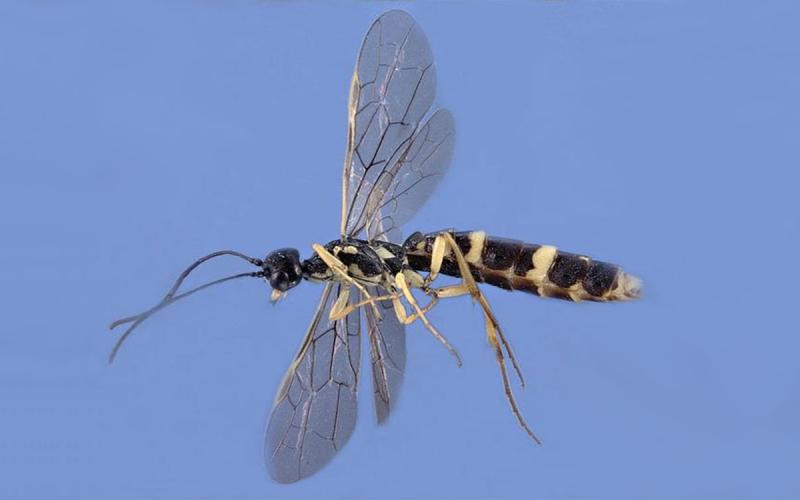
Wheat Stem Sawfly Adults Observed in Northwestern South Dakota
Wheat stem sawfly adults have been captured in northwestern South Dakota. The observation of this pest can be used to determine areas where solid-stem wheat varieties should be considered.
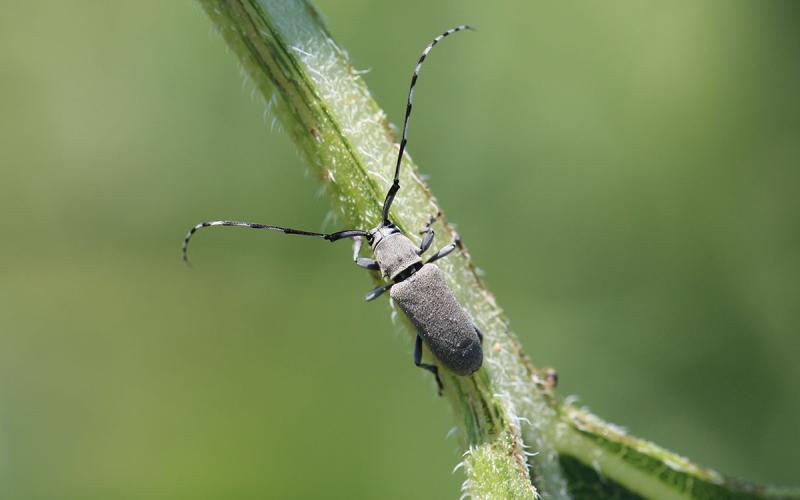
Will Dectes Stem Borer Be a Problem for Sunflowers in 2023?
Dectes stem borer are a major topic for sunflower management in South Dakota every year. If drought conditions persist, this pest may cause problems in sunflower if left unadressed.
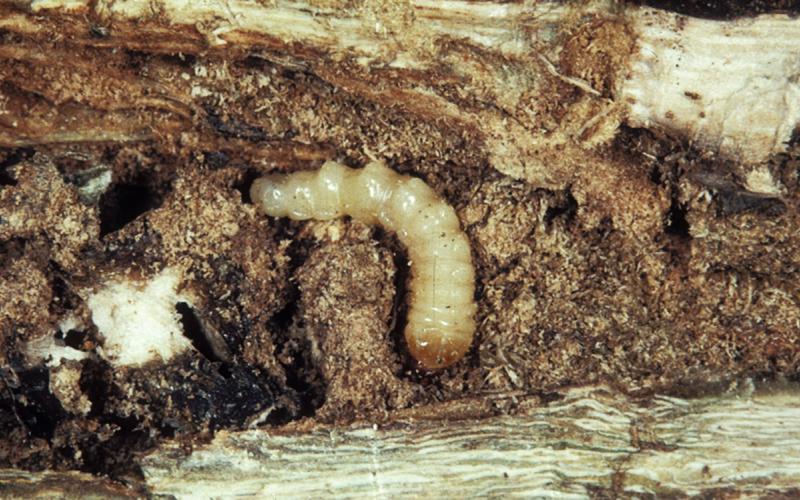
Dectes Stem Borer Observed in Soybean
We have received an increased number of Dectes stem borer reports in South Dakota soybean, and we are currently scouting to determine which counties have the highest risk for Dectes stem borer issues.

Grasshoppers Continue to Be an Issue During 2023
We have received numerous reports of very large populations of grasshopper nymphs in June. Before management action is taken, it is important to determine what stage observed grasshoppers are at.
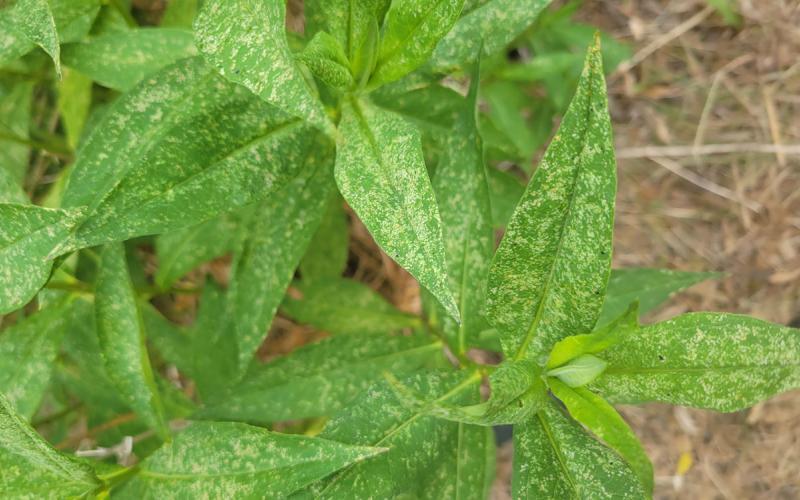
Spider Mites on Garden Phlox
During warm, dry weather, spider mites are a common pest of phlox, causing speckling, bronzing, and yellowing on leaves due to feeding behavior. Learn how to identify and manage infestations before they impact your garden.